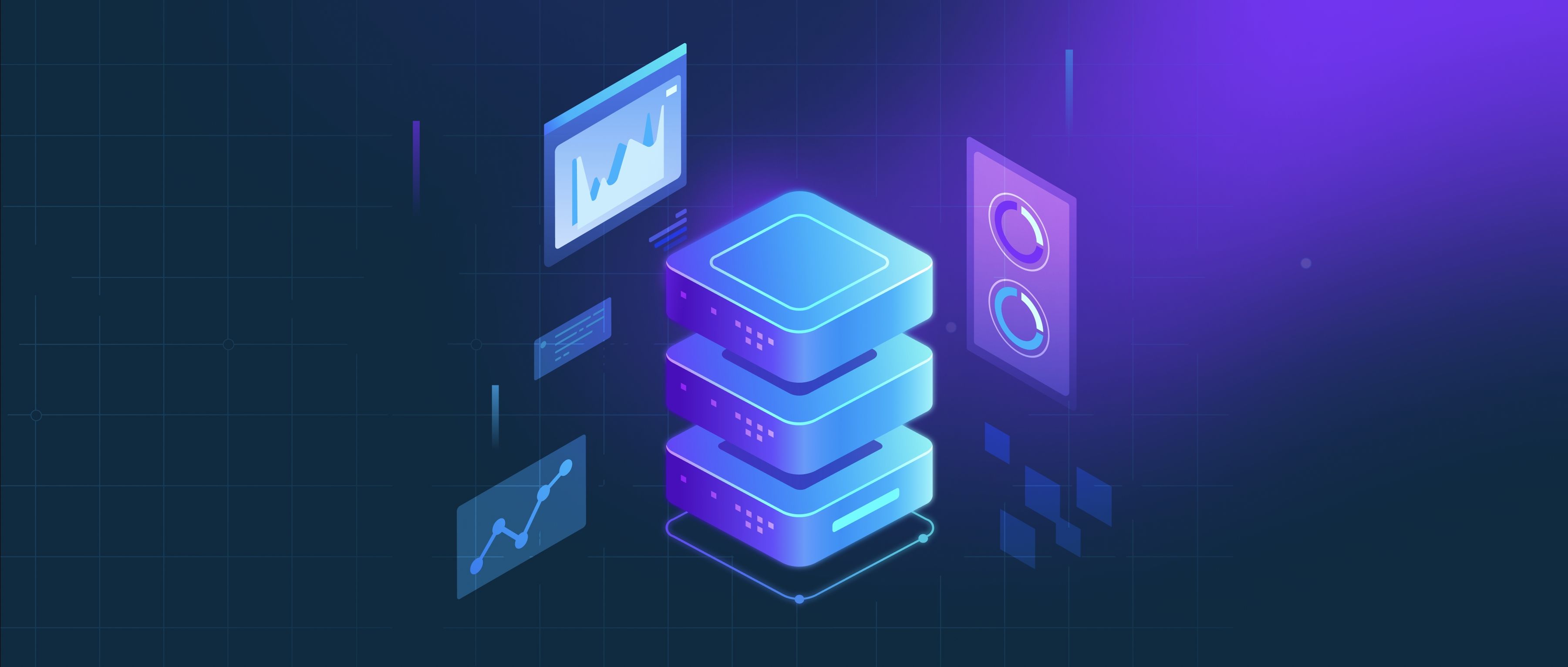Collective intelligence in swarm systems refers to the ability of a group of simple agents to work together to solve problems or make decisions that are difficult or impossible for a single agent to handle alone. This concept is especially relevant in fields like robotics, artificial intelligence, and data science, where individual agents, often with limited capabilities, can interact and collaborate to achieve a larger goal. The collective behavior emerges from the local interactions among the agents, leading to complex and adaptive outcomes, such as navigation, resource allocation, and task completion.
One common example of collective intelligence in swarm systems is observed in nature, particularly in the behavior of social insects like ants or bees. Ants, for instance, utilize pheromone trails as a form of communication to lead their fellow ants to food sources. Each ant makes decisions based on local information, such as the concentration of pheromones present. Over time, the paths with stronger pheromone trails are reinforced, guiding the swarm to the best resources. This self-organizing behavior can inform algorithms that developers create for robotic swarms or decentralized networks, enabling them to optimize routes or distribute tasks efficiently without a central controller.
In software and algorithmic applications, collective intelligence can also be seen in systems like neural networks or collaborative filtering in recommendation systems. For instance, in collaborative filtering, multiple user preferences combine to form a more accurate prediction of what content might be appealing to a user. Here, individual ratings contribute to the overall model's intelligence, similar to how simple agents work together in a swarm. By leveraging the collective input of many users, systems can make better recommendations than any single user could achieve, reflecting the fundamental principle of collective intelligence in swarm systems.
